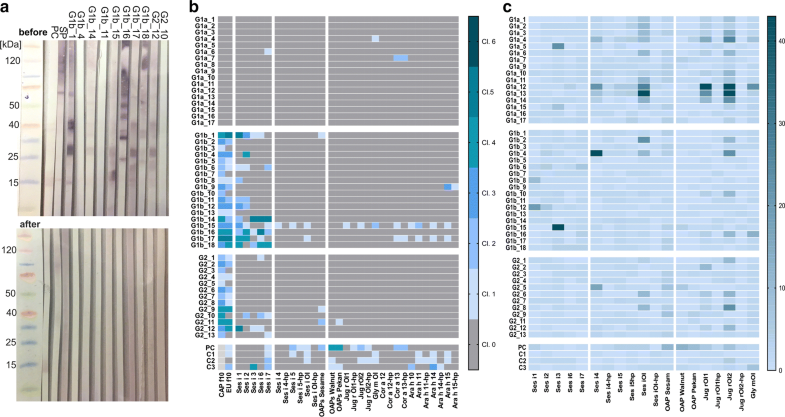View ORCID ProfilePablo F. Cañete, Rebecca A. Sweet, Paula Gonzalez-Figueroa, Ilenia Papa, Naganari Ohkura, Holly Bolton, Jonathan A. Roco, Marta Cuenca, Katharine J. Bassett, Ismail Sayin, Emma Barry, View Angel Lopez, David H. Canaday, Michael Meyer-Hermann, Claudio Doglioni, Barbara Fazekas de St Groth, Shimon Sakaguchi, Matthew C. Cook, Carola G. Vinuesa Correspondence email
DOI: 10.1084/jem.20190493 | Published June 17, 2019
 Abstract
Abstract
Mucosal lymphoid tissues such as human tonsil are colonized by bacteria and exposed to ingested and inhaled antigens, requiring tight regulation of immune responses. Antibody responses are regulated by follicular helper T (TFH) cells and FOXP3+ follicular regulatory T (TFR) cells. Here we describe a subset of human tonsillar follicular T cells identified by expression of TFH markers and CD25 that are the main source of follicular T (TF) cell–derived IL-10. Despite lack of FOXP3 expression, CD25+ TF cells resemble T reg cells in high CTLA4 expression, low IL-2 production, and their ability to repress T cell proliferation. CD25+ TF cell–derived IL-10 dampens induction of B cell class-switching to IgE. In children, circulating total IgE titers were inversely correlated with the frequencies of tonsil CD25+ TF cells and IL-10–producing TF cells but not with total T reg cells, TFR, or IL-10–producing T cells. Thus, CD25+ TF cells emerge as a subset with unique T and B cell regulatory activities that may help prevent atopy.



 Article Info
Article Info



 Isabel J. Skypala
Isabel J. Skypala